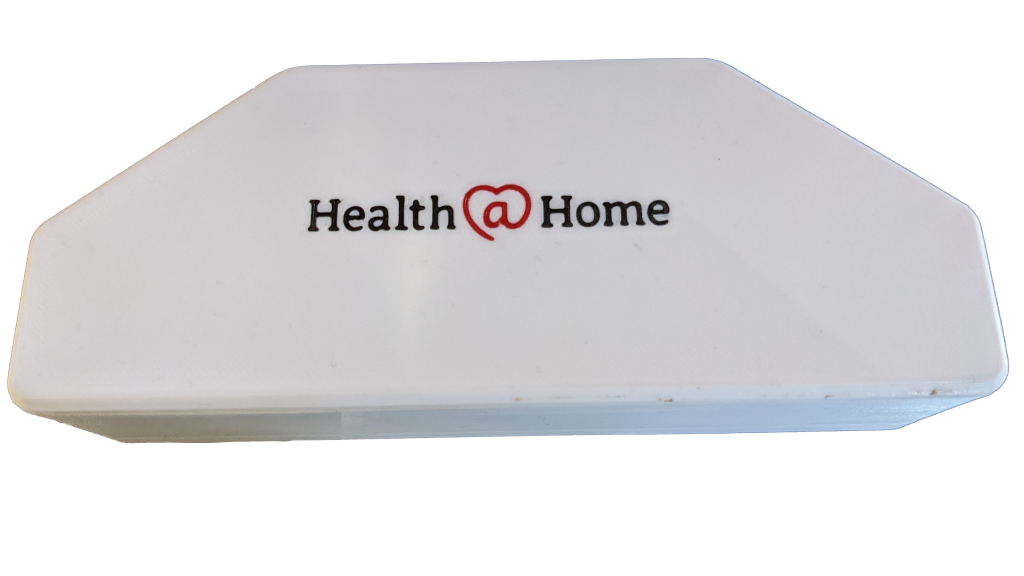

PHG1000
Startup using Cellular Service
- Plug in the power supply
- Insert the miniUSB power cable into the PHG1000
- Please be patient while the PHG1000 boots. First boot process includes several restarts and will take 5-10 minutes to complete.
Taking a Measurement
- Make the sensor device start advertising. A guide for each sensor supported by LNI can be found at https://ec2-3-93-60-20.compute-1.amazonaws.com/compatible-sensors
- Use the PHG Devices page in Exchange to search and pair with the sensor device. This step may be skipped if the sensor device has been added to the PHG’s auto-pair list.
- Take a measurement once the sensor device indicates it has paired successfully.
Startup Using WiFi
The PHG1000 will require the use of a mobile device and the Health@Home Companion application to connect with the local wireless. The Health@Home Companion application is available for Android and iOS. Note that the PHG1000 requires the use of a 2.4 GHz WiFi network using channels 3 through 11, it will not support 5G or channels 12-14. Instructions for working with the Companion applications are included below.
URL: https://play.google.com/store/apps/details?id=com.lampreynetworks.lnihubassist
- Install the Companion application on an Android tablet or phone.
- Open the Companion App. Accept the prompt to enable location services for the Companion application.
- On startup the initial screen displayed is the ‘Discovery Screen’. This screen displays the PHG identifier, IP Address configuration status and managed state for any discovered Health@Home units.
- Search for the PHG sticker address. Any unconfigured PHG will display the text ‘SET WIFI’ under the IP Address column
- Touch the ‘SET WIFI’ text to have the Companion application attempt to configure the PHG500. A new screen will appear which displays all local WiFi networks discovered by the PHG500
- Select the desired network from the list and enter the WiFi password to establish an internet
URL: https://apps.apple.com/us/app/health-home-companion/id1534330636
- Install the Companion application on an iOS tablet or phone.
- Open the Companion App. Accept the prompt to enable location services for the Companion application.
- On startup the initial screen displayed is the ‘Discovery Screen’. This screen displays the PHG identifier, IP Address configuration status and managed state for any discovered Health@Home units.
- Search for the PHG sticker address. Any unconfigured PHG will display the text ‘SET WIFI’ under the IP Address column
- Touch the ‘SET WIFI’ text to have the Companion application attempt to configure the PHG500.
- Enter the WiFi SSID and password to establish an internet connection